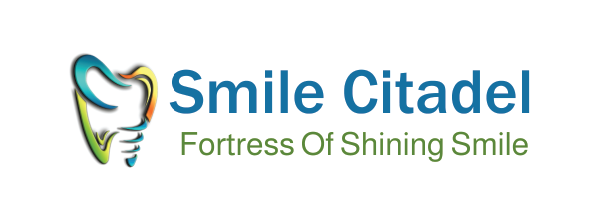Dentists provide appropriate oral care and treatment by means of a range of specialized instruments. Every instrument, from a simple check-up to a deep cleaning to a dental operation, has a definite use. Knowing the several tools used in dentistry can enable patients to feel more at ease during their appointments and value the knowledge applied in dental treatment. These are the basic instruments a dentist employs, together helping to preserve oral health.
Diagnostic Tools: Identifying Oral Health Issues
A dentist has to first check the patient’s teeth and gums to find possible issues before any treatment is started. Early detection of cavities, gum disease, and other dental problems made possible by diagnostic instruments lets one schedule appropriate treatment.
- Dental Mirror – Among the most often used tools in dentistry is this one. It comprises a little, spherical mirror fastened to a metal grip that lets the dentist view challenging-to-reach parts of the mouth. Examining the rear surfaces of teeth, looking for plaque and tartar accumulation, and evaluating gum condition benefit from the mirror. It also reflects light into dark locations, therefore enhancing visibility.
- Explorer (Dental Probe) – Cavities, plaque build-up, and enamel weak areas are found with this sharp, hook-like tool By feeling for soft spots, softly moving along the tooth surface aids in the early-stage decay identification. Certain probes are made especially to gauge gum pockets, which can point to gum disease existence.
- Periodontal Probe – Unlike a conventional explorer, a periodontal probe features measuring markers on a long, thin tip. It is placed to gauge the depth of gum pockets between teeth. Should the pockets be excessively deep, this could indicate a treatable gum condition. Finding gingivitis and periodontitis requires first periodontal probing.
Cleaning and Preventive Tools: Removing Plaque and Tartar
If not routinely eliminated, plaque and tartar can cause gum disease and cavities. Although home brushing and flossing help to preserve oral health, professional cleaning instruments let dentists remove tough deposits and keep teeth in best shape.
- Scaler – Made to remove hardened plaque (tartar) off the surface of teeth and along the gum line, a scaler is a sharp, curved instrument When plaque is not removed in time, tartar results; regular brushing cannot help to eliminate this condition. The dentist removes the accumulation using scaler, therefore avoiding gum inflammation and decay.
- Ultrasonic Scaler – This sophisticated cleaning tool breaks down and eliminates tartar without too much scraping using high-frequency vibrations and a water spray. While the water cleanses the trash, the vibrations assist to release plaque. Patients with sensitive teeth or gum problems as well as deep cleaning operations benefit significantly from ultrasonic scalers.
- Polishing Tool – The tooth surfaces are polished with a polishing instrument following scaling. It comprises of a little rubber cup loaded with a coarse polishing material spinning rapidly. This stage not only makes teeth seem more brilliant but also less likely future plaque accumulation will develop. Polishing leaves teeth clean, smooth and helps eliminate surface stains.
Restorative Tools: Repairing and Treating Teeth
When a patient has a cavity, chipped tooth, or other dental damage, restorative tools are used to repair and restore the tooth’s function and appearance.
- Dental Drill – Before putting a filling in a tooth, a dental drill, one of the most identifiable instruments, is used to remove decayed bits of a tooth. While a water spray keeps the area cold, therefore preventing heat damage to the tooth, the fast-speed revolving bur on the drill effectively cuts through enamel and dentin. Treating cavities and guaranteeing the lifetime of fillings depend on the drill, even if its sound could be frightening.
- Excavators and Carvers – After decay has been eliminated, these hand devices help to form a tooth. While carvers sculpt fillings for a natural look and feel, excavators help sweep out soft, decaying material. They make sure the restoration complements the teeth around it.
- Curing Light – This fast hardening tool for composite fillings and dental adhesives It sets in seconds by releasing a blue LED light that turns the chemical components in the filling ingredient active. Modern dental work including bonding and tooth-colored restorations depends on curing lights.
- Impression Trays – The dentist must build a mold of the patient’s teeth whether they require a crown, bridge, dentures, or orthodontic work. Soft, putty-like material used to precisely imprint the teeth comes from impression trays. The impression is sent to a dental lab to create a personalized dental appliance once the material sets.
Conclusion
From diagnosis of dental problems to cleaning and rebuilding teeth, dentists employ a range of specialized tools to guarantee appropriate oral care. Maintaining oral health depends critically on each device, which also helps to avoid cavities, gum disease, and other dental disorders. Knowing these instruments will enable patients to value the accuracy of expert dental treatment and aid them to find less anxiety in dental trips. Maintaining good health of teeth and gums depends on regular visits to the dentist and expert cleanings; so, it is crucial to see the dentist at least twice a year.

